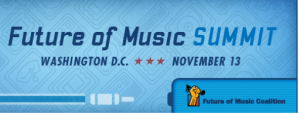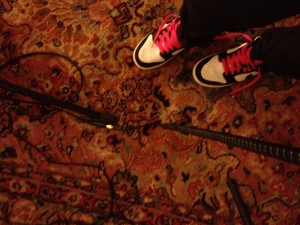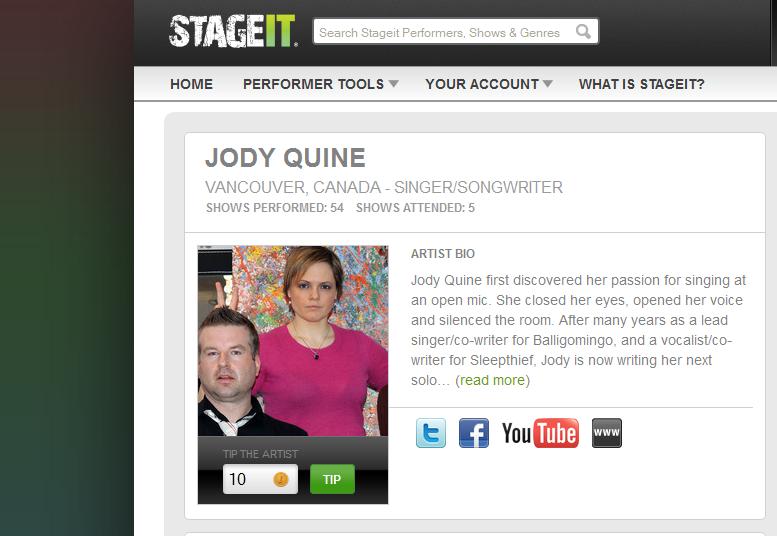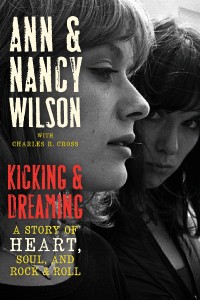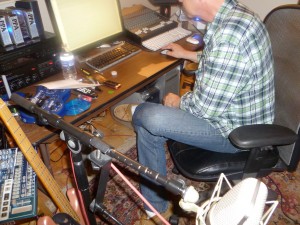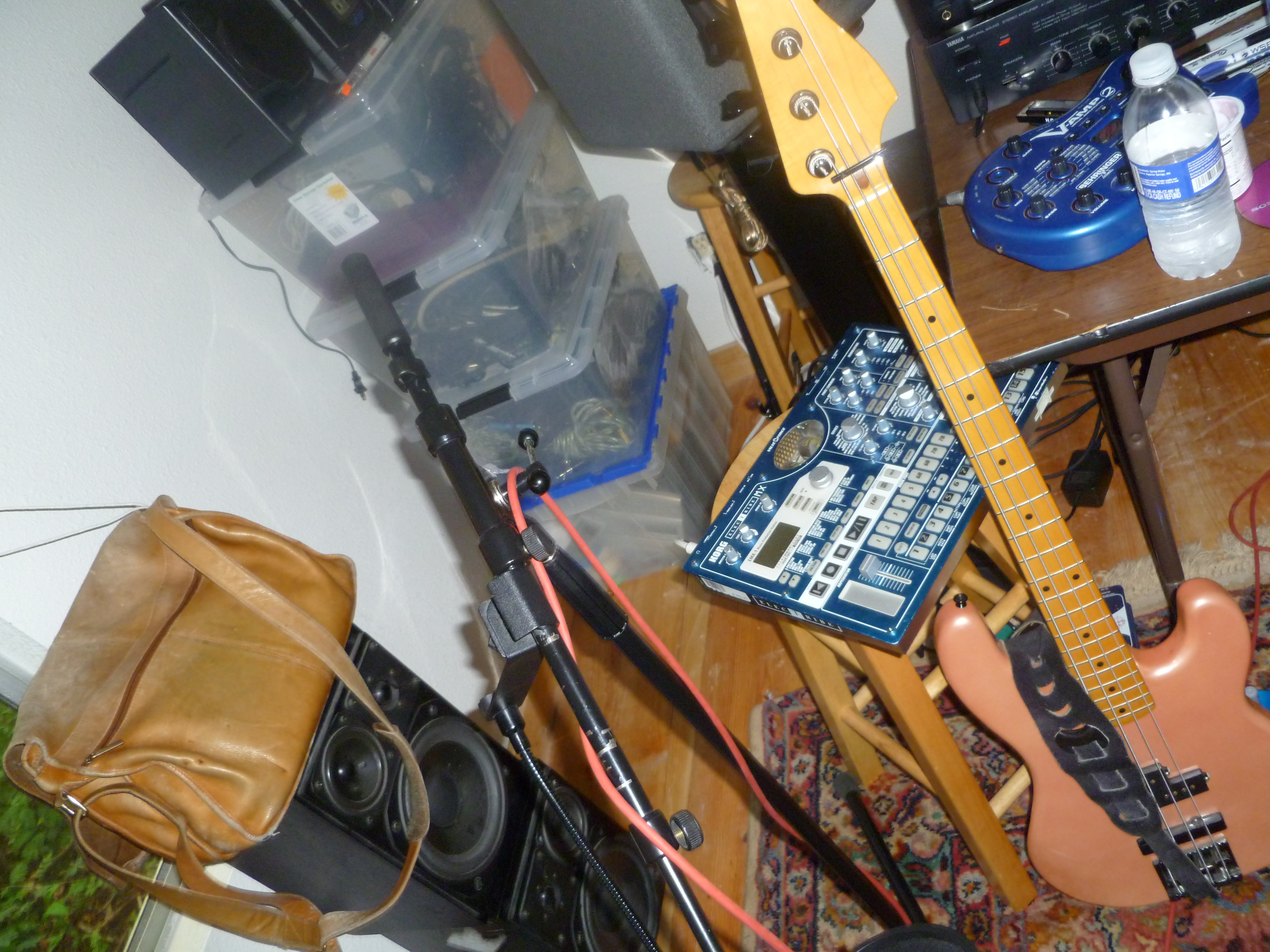 Something great happened to me last week. It was the kind of thing that made me realize (yet again) why I like making music so much more than doing corporate marketing for a large company (my prior life). I got this email in my inbox:
Something great happened to me last week. It was the kind of thing that made me realize (yet again) why I like making music so much more than doing corporate marketing for a large company (my prior life). I got this email in my inbox:
Sent: Tue 11/27/12 4:21 PM
Subject: Shades of Red [that’s my old band]
Message Body:
Hello. A few months ago, someone who had attended the Folk Alliance Festival in Memphis gave me your Shades of Red CD. I connected with your music immediately. The lyrics, the melodies, the rhythm, your voice. It moves my soul, for some reason. I would like to sing Bowl of Seconds and Dream 99 if I can replicate the sound at all with just my guitar and voice. I do sometimes play at coffee houses and other small events. Would you give me permission to sing those songs? Also, I was in an the Nashville airport a few weeks ago and saw a sign for an art exhibit called “Encalmo in Shades of Red.” I took a photo which you might like to see, but I can’t attach it here.
Thanks for making some great music.
[signed TB – the sender asked me not to use her name in this post]
—
This mail is sent via contact form on Solveig Whittle
https://www.shadesofsolveig.com

